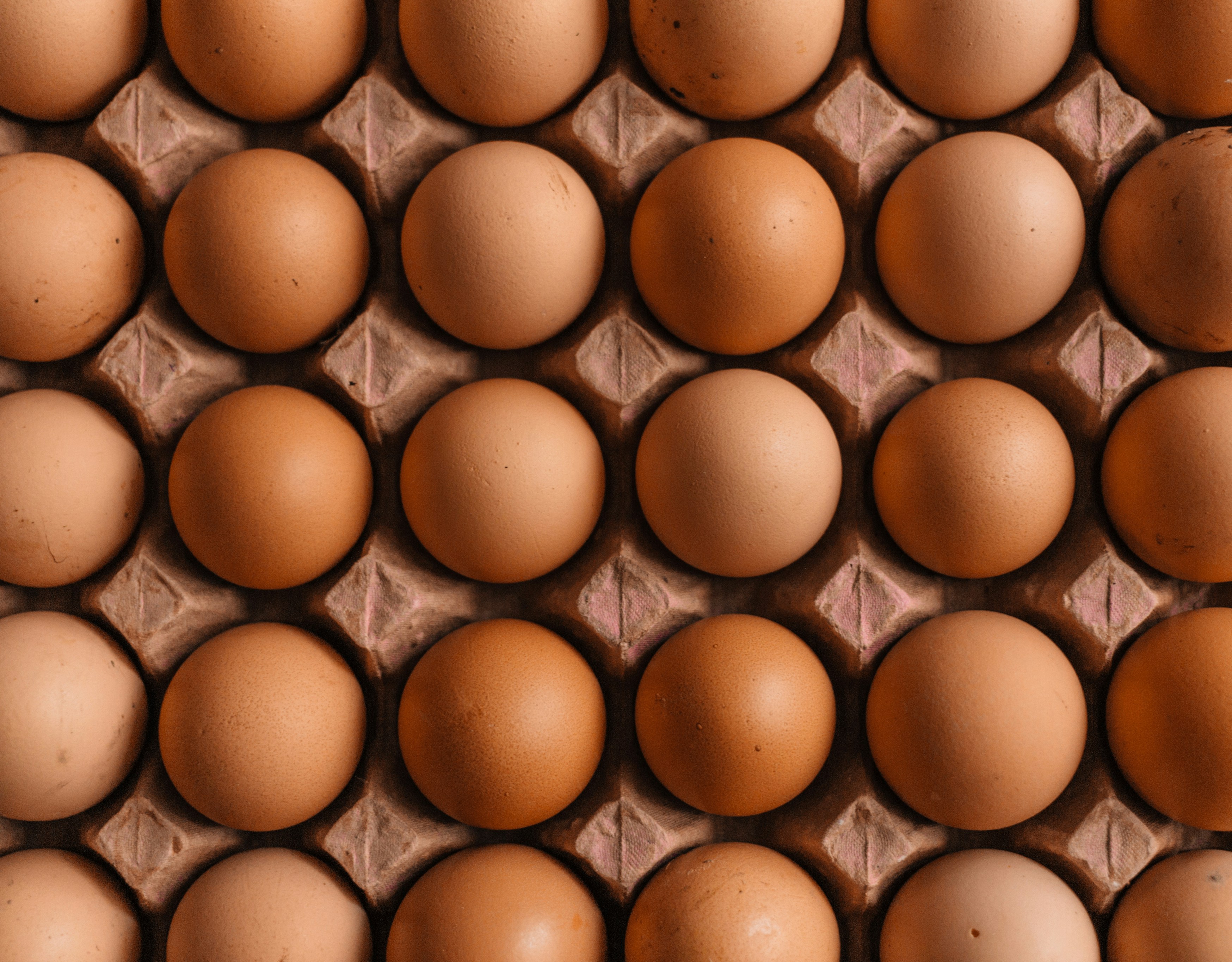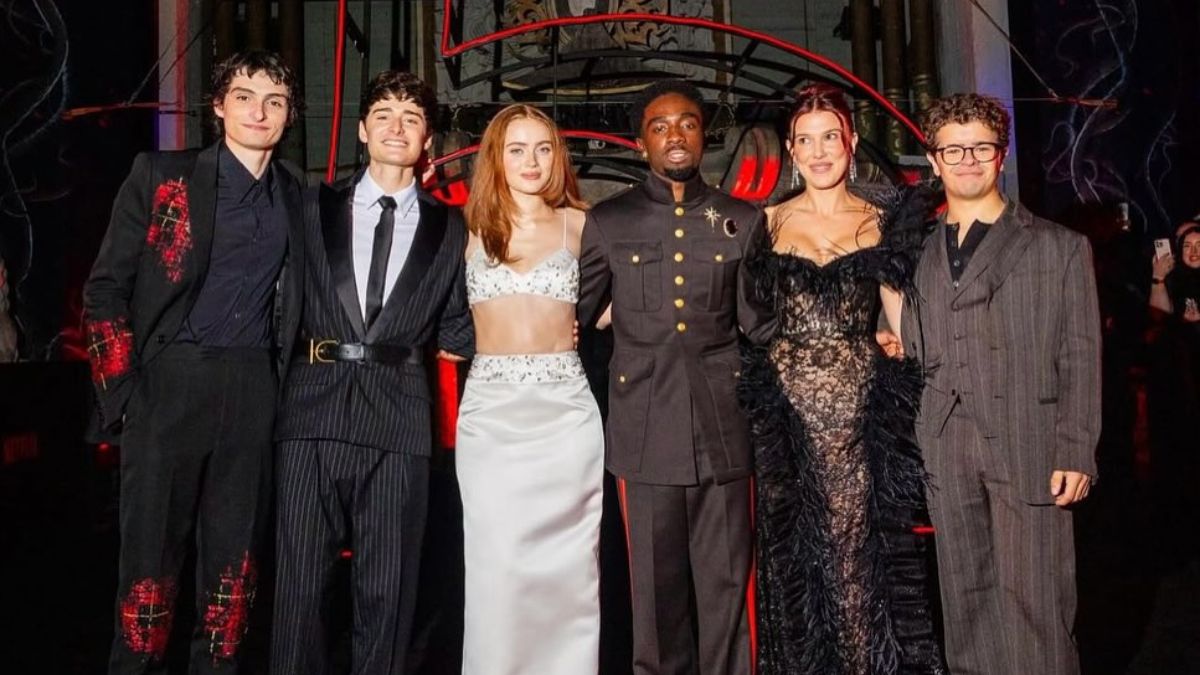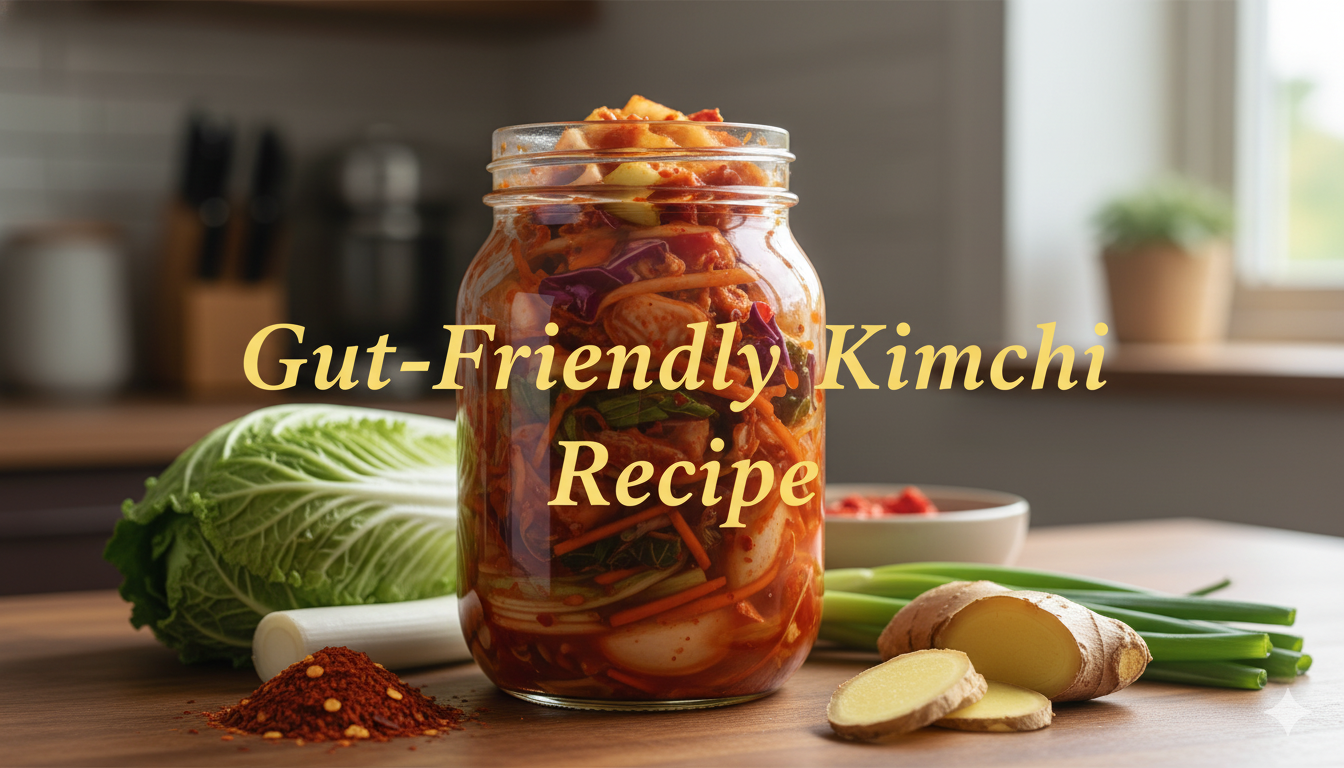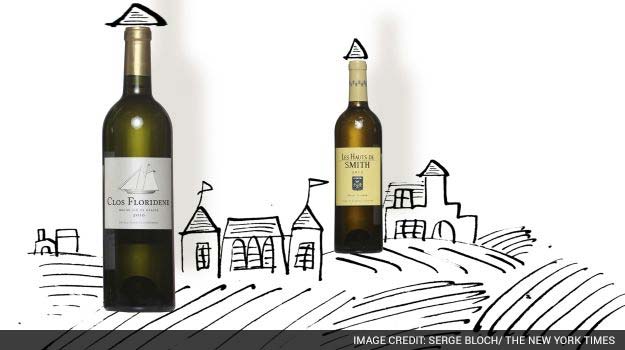The last 25 years in wine have been signified by the discovery or rediscovery of regions unknown, obscure or half-forgotten. Consumers, and critics for that matter, have often embraced wines from these regions. But they have occasionally rejected them, too, with no small measure of befuddlement.I heard an entire spectrum of responses to the latest subject in Wine School: white Bordeaux from Pessac-Léognan and Graves, one of those half-forgotten styles. It reminded me yet again of the subjective nature of taste.One reader, Dan Barron of New York, was so moved by a Graves, a 2013 Clos Floridene, that he wrote, “This is a wine of shape-shifting, sense-boggling contradiction.” By contrast, another reader, Dean Reinke of East Lansing, Michigan, who tried six bottles of white Bordeaux (without specifying what they were) with fellow members of his tasting group, wrote, with decisive finality, “This will be the last white Bordeaux I drink for the rest of my life.”
Here at Wine School, we understand both extremes (though I would urge Reinke to give them another chance: one good bottle with dinner, sir, rather than speed-tasting through a bunch of anonymous wines).Here’s how it works: Each month, I recommend representative bottles of a particular genre. You drink them with family or friends at a meal, and take careful note of your reactions to the wine, how it changes over time and how it integrates with the food. Then you can share those insights with other readers at nytimes.com/food.The idea is to create a relaxed environment in which to articulate how you feel about the wines and why. The aim is to develop both breadth of experience and confidence in one’s taste. And even for those already sure of themselves, it’s useful to re-examine attitudes.Despite its famous surname, white Bordeaux from Pessac-Léognan and Graves is something of a cipher to most people. Nothing about it is obvious, least of all what’s in the glass. What’s more, its price is off-putting to many. The cheapest of the three wines I recommended, the 2010 Clos Floridene Graves, was $30. The other wines, the 2012 Hauts de Smith Pessac-Léognan and the 2012 Château Carbonnieux Pessac-Léognan, were $40 and $45. And these are entry-level wines for this category.As one reader, Xavier of New York, pointed out, cheaper versions of white Bordeaux, costing $8 to $15, are not hard to find. But these mostly come from Entre-Deux-Mers, a large region east of Pessac-Léognan and Graves between the Garonne and Dordogne rivers, hence the appellation, which translates as “between two seas.”So why would I recommend spending the extra money, $30 to $45, when, as Xavier wrote, speaking for many, “At that price point, it’s easier and safer to go with white Burgundies or California chards of certain brand level.”Because what makes white Bordeaux interesting, unusual and distinctive is for the most part not found in Entre-Deux-Mers, where the quality of the terroir is limited. Those wines, made largely of the same major grapes, sauvignon blanc and sémillon, tend to be innocuous, mass-market bottles, occasionally pleasant but rarely singular.For distinctive wines, you need to go to the better producers of Pessac-Léognan and Graves, who are more apt to farm and vinify with great care to express the particularities of their terroirs. It’s the difference between supermarket sandwich bread and a freshly made sourdough loaf, or a mass-market cheddar and a farmstead version. Some people are satisfied with the cheaper example and don’t see the point in spending more money. Others value the more intense, complex, expensive expressions.You can guess where Wine School stands on this issue. The solution to the often challenging economics of wine is not to drink anemic versions of expensive genres but to find less expensive categories, like assyrtiko from Santorini or cava from Spain. Nonetheless, it is still worth the occasional investment to understand more expensive wines if you are curious.So what does white Bordeaux offer? As I said, it is not an obvious wine. It demands close attention. Even though sauvignon blanc plays a crucial role in these wines, they are, as many of you noted, nothing like Sancerres or Pouilly-Fumés, sauvignon blanc wines of the Loire Valley. Nor do they have the pungency or flamboyance associated with the sauvignon blancs of New Zealand.One consideration is that white Bordeaux is often made from a blend of grapes. The Carbonnieux was around 65 to 70 percent sauvignon blanc, and the rest sémillon, and the Clos Floridene was roughly split between the two grapes with a bit of muscadelle thrown in. But Les Hauts de Smith was 100 percent sauvignon blanc, and it had far more in common with the two other wines than with sauvignon blancs from elsewhere. How could that be?Partly this is because of the distinctive combination of cool maritime climate and warm gravel soils found in this part of Bordeaux, as opposed to, say, the limestone of Sancerre. But it’s also a result of winemaking technique. Most sauvignon blancs in the world are fermented at cold temperatures in steel tanks and bottled fairly quickly, techniques intended to preserve fruity aromas and flavors in the wine.These white Bordeaux, by contrast, are frequently fermented and aged in oak barrels. During the aging process, the winemakers regularly stir the lees, the remnants of yeast at the bottom of the barrel left over after the fermentation. This helps to build texture in the wine while adding soft, creamy aromas and flavors. Many people astutely noted a resemblance of these wines to Muscadet, another example in which lees play an important role.The entire process yields wines that are textured and substantial, yet not at all heavy. They are intense, yet subtle and delicate. They don’t come to you like big, wagging dogs. Instead, they slowly draw you in, forcing attention and observation. In short, they are indeed the sense-boggling contradictions alluded to by Barron, changing in the glass, evolving from the beginning of a meal to the end, from one day to the next. As cjmoore of Eugene, Oregon, wrote, “They changed dramatically over the evening.” Many of you also noted that decanting helped the wines open up more quickly.Specifically, I found a lot to like in each of these wines and could not decide which was my favorite. The Carbonnieux was stony, dry and energetic, with restrained citrus flavors and a refreshing bitterness that lingered long after I swallowed. Les Hauts de Smith was likewise dry and tangy with a rich, lightly honeyed texture and a scent of chamomile. The Clos Floridene was two years older than the other bottles, and the added age gave the wine more obvious depth, with a smoky, toasty quality and a mellow, emerging complexity.“We felt all these wines could use some more age,” wrote George Erdle of Charlotte, North Carolina. I agree with him. A good white Bordeaux can age 20 years or more, becoming more complex and more subtle at the same time.Yes, good age-worthy white Bordeaux is not inexpensive, and not a lot of it is made. If these wines intrigue you, I hesitantly suggest investing in a few bottles of Domaine de Chevalier Blanc, a great white from Pessac-Léognan. It will cost significantly more, $85 to $150 a bottle, and require at least 15 years to reach, as Hugh Johnson may say, “stately maturity.”It’s not something I can afford in good conscience. But then, wine buying and conscience rarely belong in the same sentence. Remember, there’s always assyrtiko, Muscadet and the rest, and I’m not at all unhappy with that.© 2015 New York Times News Service
Here at Wine School, we understand both extremes (though I would urge Reinke to give them another chance: one good bottle with dinner, sir, rather than speed-tasting through a bunch of anonymous wines).Here’s how it works: Each month, I recommend representative bottles of a particular genre. You drink them with family or friends at a meal, and take careful note of your reactions to the wine, how it changes over time and how it integrates with the food. Then you can share those insights with other readers at nytimes.com/food.The idea is to create a relaxed environment in which to articulate how you feel about the wines and why. The aim is to develop both breadth of experience and confidence in one’s taste. And even for those already sure of themselves, it’s useful to re-examine attitudes.Despite its famous surname, white Bordeaux from Pessac-Léognan and Graves is something of a cipher to most people. Nothing about it is obvious, least of all what’s in the glass. What’s more, its price is off-putting to many. The cheapest of the three wines I recommended, the 2010 Clos Floridene Graves, was $30. The other wines, the 2012 Hauts de Smith Pessac-Léognan and the 2012 Château Carbonnieux Pessac-Léognan, were $40 and $45. And these are entry-level wines for this category.As one reader, Xavier of New York, pointed out, cheaper versions of white Bordeaux, costing $8 to $15, are not hard to find. But these mostly come from Entre-Deux-Mers, a large region east of Pessac-Léognan and Graves between the Garonne and Dordogne rivers, hence the appellation, which translates as “between two seas.”So why would I recommend spending the extra money, $30 to $45, when, as Xavier wrote, speaking for many, “At that price point, it’s easier and safer to go with white Burgundies or California chards of certain brand level.”Because what makes white Bordeaux interesting, unusual and distinctive is for the most part not found in Entre-Deux-Mers, where the quality of the terroir is limited. Those wines, made largely of the same major grapes, sauvignon blanc and sémillon, tend to be innocuous, mass-market bottles, occasionally pleasant but rarely singular.For distinctive wines, you need to go to the better producers of Pessac-Léognan and Graves, who are more apt to farm and vinify with great care to express the particularities of their terroirs. It’s the difference between supermarket sandwich bread and a freshly made sourdough loaf, or a mass-market cheddar and a farmstead version. Some people are satisfied with the cheaper example and don’t see the point in spending more money. Others value the more intense, complex, expensive expressions.You can guess where Wine School stands on this issue. The solution to the often challenging economics of wine is not to drink anemic versions of expensive genres but to find less expensive categories, like assyrtiko from Santorini or cava from Spain. Nonetheless, it is still worth the occasional investment to understand more expensive wines if you are curious.So what does white Bordeaux offer? As I said, it is not an obvious wine. It demands close attention. Even though sauvignon blanc plays a crucial role in these wines, they are, as many of you noted, nothing like Sancerres or Pouilly-Fumés, sauvignon blanc wines of the Loire Valley. Nor do they have the pungency or flamboyance associated with the sauvignon blancs of New Zealand.One consideration is that white Bordeaux is often made from a blend of grapes. The Carbonnieux was around 65 to 70 percent sauvignon blanc, and the rest sémillon, and the Clos Floridene was roughly split between the two grapes with a bit of muscadelle thrown in. But Les Hauts de Smith was 100 percent sauvignon blanc, and it had far more in common with the two other wines than with sauvignon blancs from elsewhere. How could that be?Partly this is because of the distinctive combination of cool maritime climate and warm gravel soils found in this part of Bordeaux, as opposed to, say, the limestone of Sancerre. But it’s also a result of winemaking technique. Most sauvignon blancs in the world are fermented at cold temperatures in steel tanks and bottled fairly quickly, techniques intended to preserve fruity aromas and flavors in the wine.These white Bordeaux, by contrast, are frequently fermented and aged in oak barrels. During the aging process, the winemakers regularly stir the lees, the remnants of yeast at the bottom of the barrel left over after the fermentation. This helps to build texture in the wine while adding soft, creamy aromas and flavors. Many people astutely noted a resemblance of these wines to Muscadet, another example in which lees play an important role.The entire process yields wines that are textured and substantial, yet not at all heavy. They are intense, yet subtle and delicate. They don’t come to you like big, wagging dogs. Instead, they slowly draw you in, forcing attention and observation. In short, they are indeed the sense-boggling contradictions alluded to by Barron, changing in the glass, evolving from the beginning of a meal to the end, from one day to the next. As cjmoore of Eugene, Oregon, wrote, “They changed dramatically over the evening.” Many of you also noted that decanting helped the wines open up more quickly.Specifically, I found a lot to like in each of these wines and could not decide which was my favorite. The Carbonnieux was stony, dry and energetic, with restrained citrus flavors and a refreshing bitterness that lingered long after I swallowed. Les Hauts de Smith was likewise dry and tangy with a rich, lightly honeyed texture and a scent of chamomile. The Clos Floridene was two years older than the other bottles, and the added age gave the wine more obvious depth, with a smoky, toasty quality and a mellow, emerging complexity.“We felt all these wines could use some more age,” wrote George Erdle of Charlotte, North Carolina. I agree with him. A good white Bordeaux can age 20 years or more, becoming more complex and more subtle at the same time.Yes, good age-worthy white Bordeaux is not inexpensive, and not a lot of it is made. If these wines intrigue you, I hesitantly suggest investing in a few bottles of Domaine de Chevalier Blanc, a great white from Pessac-Léognan. It will cost significantly more, $85 to $150 a bottle, and require at least 15 years to reach, as Hugh Johnson may say, “stately maturity.”It’s not something I can afford in good conscience. But then, wine buying and conscience rarely belong in the same sentence. Remember, there’s always assyrtiko, Muscadet and the rest, and I’m not at all unhappy with that.© 2015 New York Times News Service
Advertisement
For the latest food news, health tips and recipes, like us on Facebook or follow us on Twitter and YouTube.
Tags:









